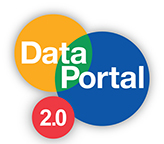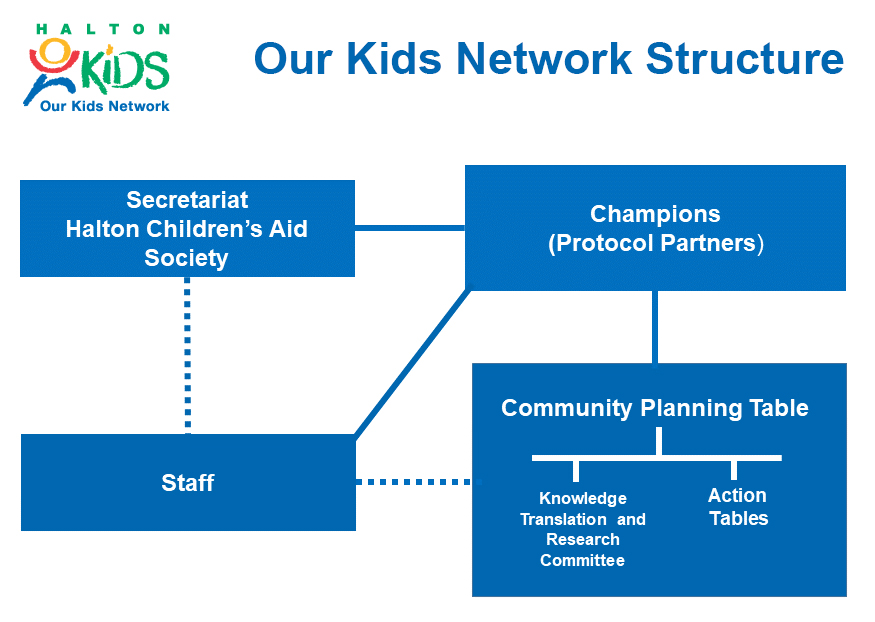Halton 7 Infographic
10 things you need
to know about the
Actually, it’s really easy…
Results Based Accountability (RBA)
The Halton 7 represents the first step in the RBA process. They are the ideal living conditions we want for children, youth and families in Halton.
Planning with the End in Mind
The Halton 7 are the end results for our community. The goal is to work collectively to achieve the results.
Who Created Halton 7?
The Halton 7 were created through a facilitated process with Our Kids Network partners and participating agencies in 2005.
The Halton 7 Population Results
Children and youth are
HEALTHY
Children and youth are
LEARNING
Children and youth are
POSITIVELY CONNECTED
Children and youth are
SAFE
Families are
STRONG and STABLE
Neighborhoods are where we
LIVE, WORK and PLAY
Schools are
CONNECTED to the COMMUNITY
Tracking our Success
Our Kids Network uses a wealth of neighbourhood-level data to track our progress on the Halton 7. A total of 54 different measures are used.
Measuring What Matters
All partners and participating agencies contributed to the 54 measures of success to ensure that they represent what matters most to thriving children, youth and families.
Sharing the Results
Our Kids Network shares knowledge and data through a combination of community reports, community forums, and the state-of-the-art OKN Data Portal, an interactive database that includes a broad inventory of community-level data: health, safety, education, Developmental Assets, census data and more.

Over 75,000 Voices
Since 2003, Our Kids Network has collected data on over 75,000 children, youth and adults.
Watching Children Grow
Our Kids Network’s data strategy has helped us keep an eye on children 2003. In 2015 the first OKN data cycle was completed. This means that we have followed the same population of children since 2003!
10
we promote healthy development, security,
and safety of all children, youth and families
through collective action.

